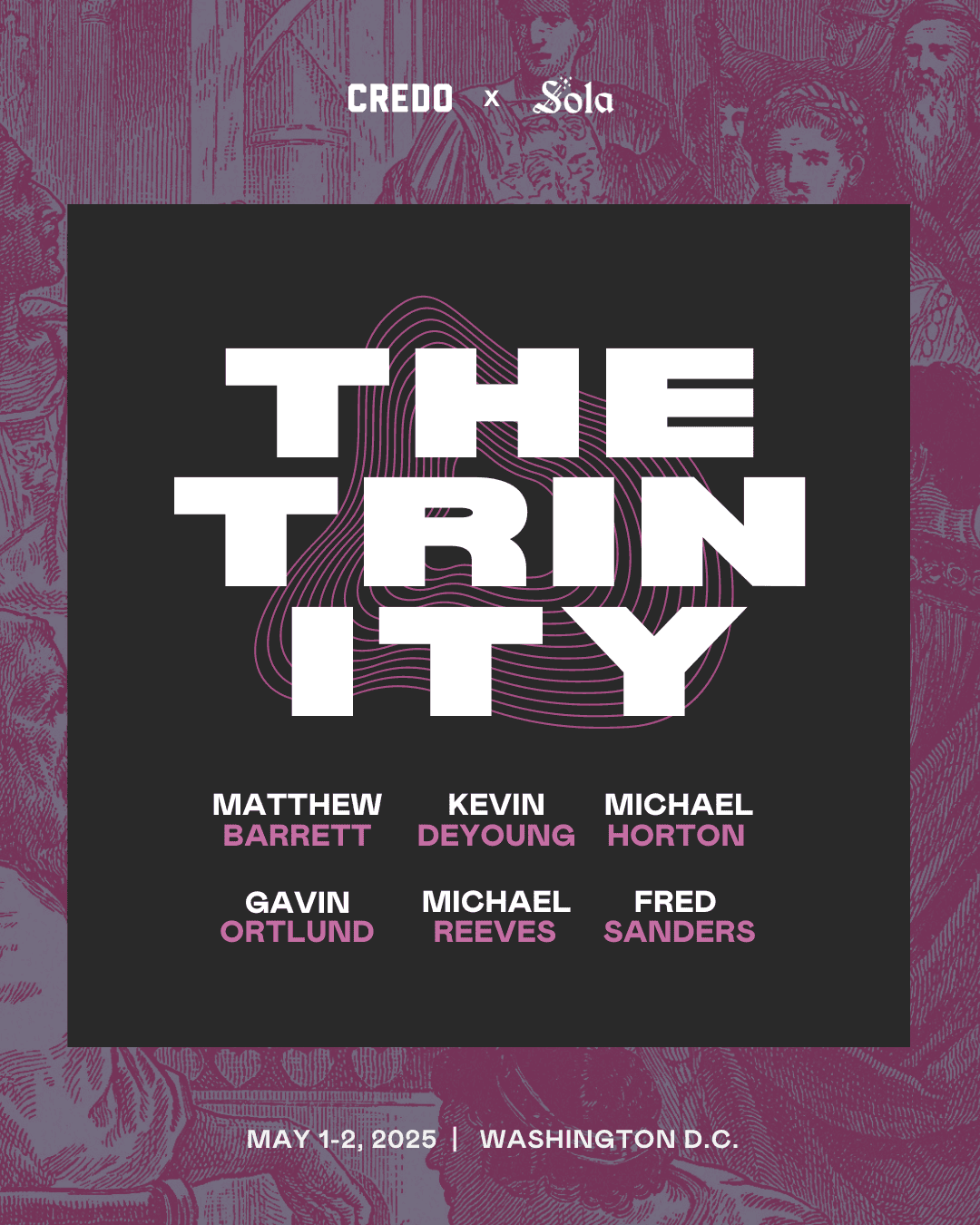The Reformed Protestant doctrine of justification has survived loud calls for alteration and revision posed by contemporary advocates of groups as diverse as New Finnish Lutheranism, Federal Vision theology, the New Perspective on Paul, post-Vatican II Catholicism, modern Neonomianism, and a variety of scholars who eschew the enterprise of systematic theology altogether. This central gospel doctrine has not only survived; it has been greatly sharpened and reestablished over against the onslaught of various alternatives. While differing views on this doctrine continue to remain in certain circles, the evangelical world is far better off today in this area than it was fifty years ago, when the doctrine of justification had largely been taken for granted and languished under its assumed truthfulness. 
Examining the Doctrine of Justification: A Reoccurring Need
Given this doctrine’s gospel-significance, it has always been under attack. One does not have to go beyond the text of Scripture to read of the early alternative posed by certain advocates in Galatia. The material issue at stake in Luther’s controversy with Roman Catholicism was this doctrine, and Baxter, Wesley, Newman, and others all wrote controversially on this topic in the seventeenth, eighteenth, and nineteenth centuries. The twentieth century brought a new wave of controversy. Yet these doctrinal controversies have had a way of turning theologians back to the text of Scripture and sharpening the Church’s grasp of the truth.
Matthew Barrett’s edited work, The Doctrine on Which the Church Stands or Falls (Crossway, 2019), is a product of the recent controversies surrounding the doctrine of justification. Personally, my favorite book on justification for many years has been James Buchanan’s 1867 classic The Doctrine of Justification (Banner of Truth, 2016). Buchanan’s work clearly and systematically expounds the doctrine of justification from Scripture, outlining its history in the Church and its connection with other key doctrines in Scripture. Given classic works like Buchanan’s, why do we need a new nine-hundred page articulation, defense, and application of this traditional doctrine?
A Four-Fold Analysis
The Doctrine on Which the Church Stands or Falls surveys the doctrine of justification from a variety of perspectives, covering the whole spectrum of topics and issues that have been touched on in the contemporary controversies. Some of these topics were addressed by nineteenth-century authors like Buchanan, but many of them were not. Responses to contemporary alternatives have been needed. With over twenty scholars from a variety of disciplines, this volume draws together a host of biblical scholars, theologians, pastors, and evangelists to provide a rich collection of perspectives. The compendium is organized so as to speak from four differing but interrelated perspectives: biblical, theological, historical, and pastoral.
The ten chapters from the perspective of biblical scholarship mostly address the doctrine of justification from within a particular section of the canon (e.g., justification in the Pentateuch, justification in the gospels, justification in the epistle of James, etc.). Responding to the New Perspective on Paul looms large in many of these chapters, with special chapters by Robert Cara and Timo Laato dealing specifically with the assertions of Sanders, Dunn, Wright, and others. David Shaw concludes this section with a chapter devoted to discussing the apocalyptic view of J. Lewis Martyn and others, arguing that “the apocalyptic reading of Paul likely represents the next major wave of critique” of the traditional view of justification (346). The array of biblical arguments presented in this section in favor of the confessional view is impressive.
The next section offers seven chapters of theological reflection on the doctrine of justification. Stephen Wellum opens the section by convincingly demonstrating that “there is an inseparable relationship between penal substitution and forensic justification and imputation” (370). Theology proper, the atonement, and justification go hand in hand, and each doctrine demands certain doctrinal commitments in the other areas. Matthew Barrett next discusses the ways in which the doctrine of justification is connected with the resurrection of Christ and its covenantal and eschatological significance. This discussion is followed by chapters addressing issues like sola fide, Christ’s active and passive obedience, union with Christ, sanctification, and the law of God. Of particular interest in this section is David VanDrunen’s chapter on union with Christ and how this theological concept should not be used to undercut or negate the traditional notion of an ordo salutis (the order of the application of salvation in the lives of the elect). The vast terrain covered by this book make it a standard reference on this all-important doctrine. Share on X
The third section contains seven more chapters that address the historical development of the doctrine of justification. Gerald Bray begins this section by arguing that “the fathers were closer to the mind of the apostle Paul than most Catholic apologists have been willing to acknowledge, and their thought is therefore less alien to that of the Protestant Reformers than they have maintained” (584). The following chapters on the Middle Ages, the Lutheran tradition, the Reformed tradition, the Roman Catholic tradition, and the Enlightenment and post-Enlightenment periods provide a rich survey that is filled with interesting details and historical debates. For example, J. V. Fesko’s chapter on the Reformed tradition surveys the views of a number of figures from within the Reformed tradition who were orthodox and a wide array of others who asserted more controversial views, including Piscator, Arminius, Richard Baxter, Tobias Crisp, Jonathan Edwards, Norman Shepard, and N. T. Wright. Most of the historical chapters are as detailed and interesting as this one.
The book closes with two chapters that provide a pastoral perspective on the doctrine of justification. Chris Castaldo discusses various responses to the Roman Catholic view of justification throughout history and offers observations as an evangelist to Catholics. Sam Storms closes the book by offering observations on how the doctrine of justification grounds the Christian life and ministry in confidence and peace with God.
A New Standard
Overall, this large volume is a theological feast for those who want to think about the doctrine of justification from a variety of perspectives. Although some sections seem slightly repetitious, the overlapping presentations complement and reinforce the overall exposition of this important doctrine. The vast terrain covered by this book make it a standard reference on this all-important doctrine. Each chapter concludes with a list of recommended resources, and the book as a whole is carefully indexed for easy reference. Many should carefully read this book and grow deeper in their understanding of the doctrine on which the church stands or falls.


